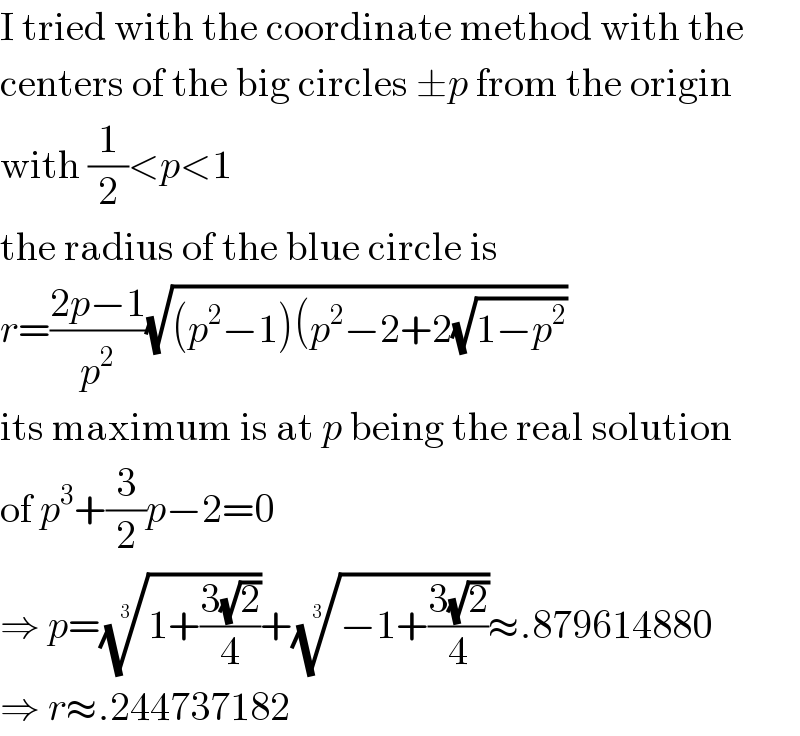
Question and Answers Forum
Question Number 124353 by ajfour last updated on 02/Dec/20

Commented by ajfour last updated on 02/Dec/20

Answered by ajfour last updated on 02/Dec/20

Commented by MJS_new last updated on 02/Dec/20

Commented by mnjuly1970 last updated on 03/Dec/20

Commented by ajfour last updated on 05/Dec/20

